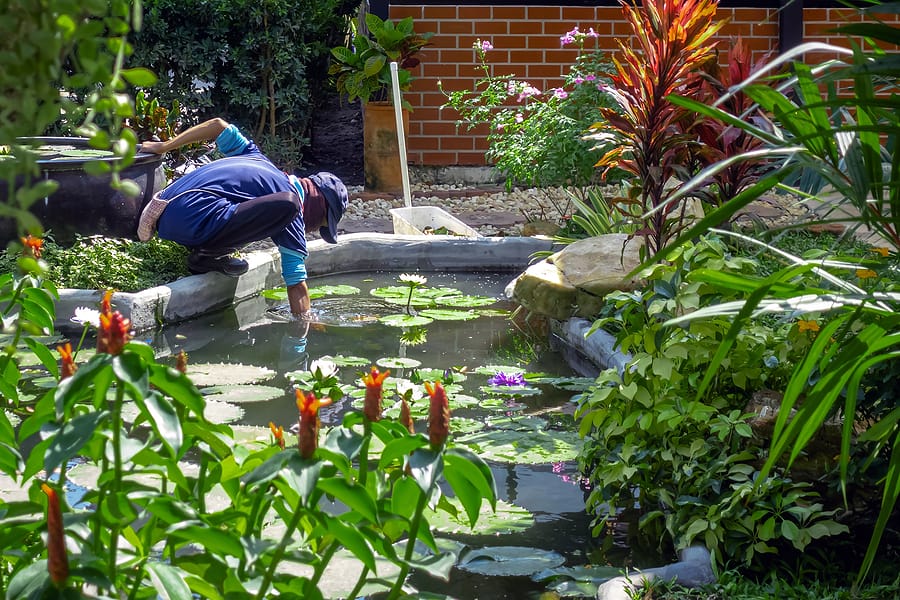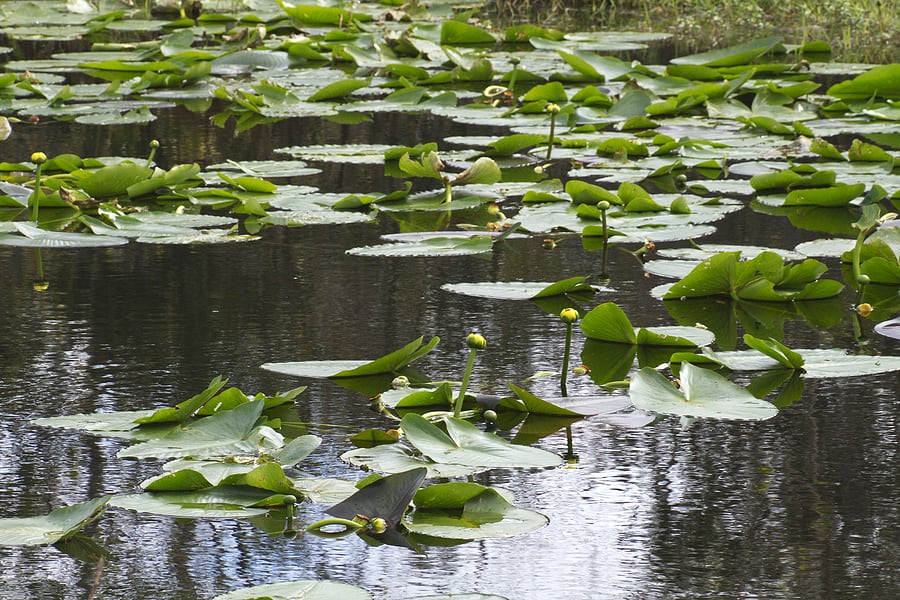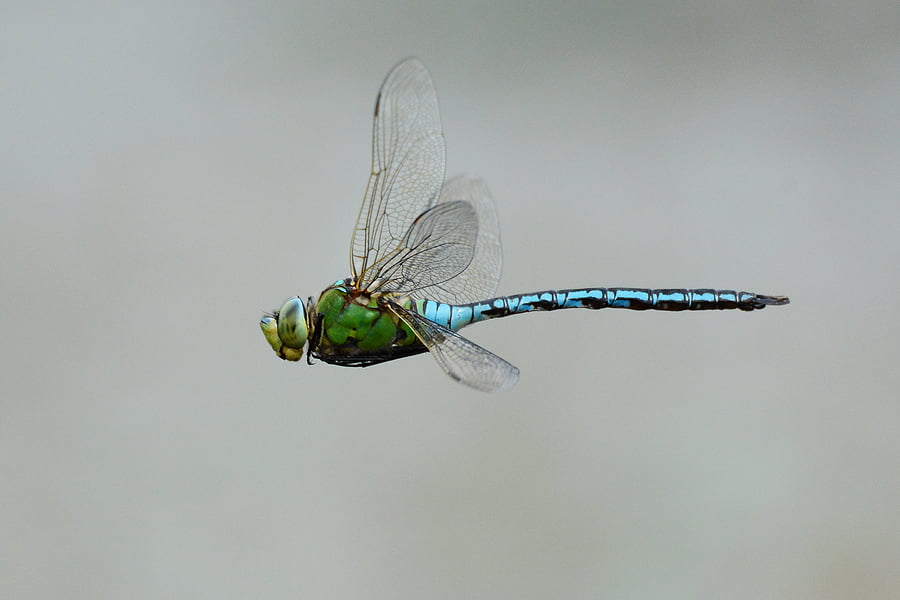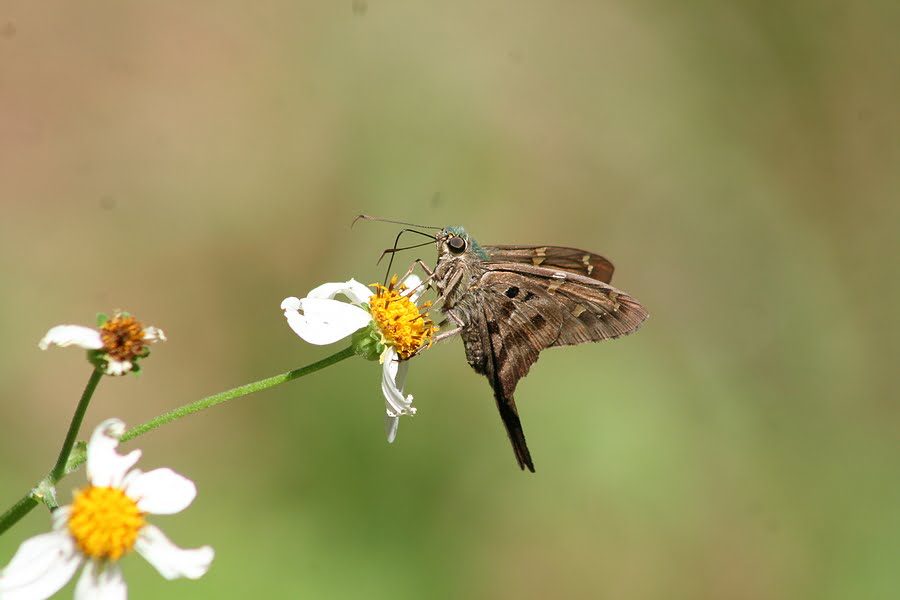
Maintenance Jobs To Get Your Pond Shipshape For Autumn
15th September 2023
Pond Plants That Will Help Wildlife Through the Seasons
12th October 2023A wildlife pond is an endless source of fascination as you watch it evolve through the annual lifecycle. A mature and thriving pond will have a balanced ecosystem and you should find that it needs little maintenance. However, sometimes you may find that your pond is not looking as healthy as you might expect.
Here are some common reasons that your wildlife pond might be struggling and what you can do to resolve the problem.
Nutrient overload
If you use a lot of pesticides or fertilisers in your garden, or it is located near to farmland, then these chemicals may be running into your pond during periods of heavy rainfall and building up in the water. This can cause problems for plants because they soak up the oxygen in the water and cause nuisance algal blooms, and the pesticides will harm any wildlife
It is advisable to avoid using lawn feed, particularly if your pond is at the bottom of an inclined lawn.
The water is murky
Murky or soupy water is a common problem for ponds, particularly at the start of the season and at the end of summer when the main pond plants either have not got into their stride or are dying back, so are not extracting excess nutrients from the water. It’s caused by excess algae growth which is a sign that the nutrient and pH levels are out of balance. A certain amount of algae is useful in a pond as a source of food for wildlife, but too much can block out sunlight and inhibit the growth of other pond plants.
A new pond may have an algae bloom that will resolve itself once the pond has established itself, although this can take a few seasons and requires a good density, variety and balance of different pond plants. There are several different types of algae. You may notice a floating green scum on the surface of the pond, or dense growths of hair-like strands of algae lurking just under the surface (known as blanket weed).
Algae blooms can be caused by fertilisers washing into the water, not enough surface cover from floating plants such as Water lilies, thereby allowing too much sunlight into the pond (algae thrive on light energy and warm water), or a build-up of debris and organic matter on the bottom of the pond. It can also be caused by putting soil in the pond when adding new plants, so always make sure that you use an aquatic compost that is low in nutrients. Using tap water to fill or top-up the pond is not ideal as this also contains a surprising amount of nutrients.
It is not a good idea to completely clean out the pond to remove algae, because unless you also deal with the cause the problem will return again in the summer. Also cleaning the pond will remove billions of beneficial bacteria that exist in the pond’s biofilm (slime to you and me!) that help to keep the water healthy. In the short term, blanket weed can be scooped out with a net or rake, or twirled around a garden cane.
Floating a mesh bag of barley straw on the pond is a natural method of deterring algae growth. Add about 50g of straw per square metre of pond surface in the springtime, and remove it after about four months, replacing with a fresh bale. This treatment can be used from the start of the growing season, just as the grass starts to grow.
There are also various commercial treatments available that can help to control algae, but you should research the product information to make sure it is suitable for your pond: even those that claim to be environmentally friendly and harmless to plants and wildlife may still contain small amounts of nasty herbicides -a clue to this will be whether they advise or warn not to exceed the stated dose. We only stock completely natural products, UK manufactured, from Ecopond.
Lack of sunlight
If your pond is in a shady spot of the garden it may not be getting enough sunlight. This can inhibit the growth of aquatic plants which require sunlight for photosynthesis and the production of oxygen. Some plants are more shade-tolerant than others, so if your pond is lacking sunlight then pick species such as willow moss, water hawthorn, and brooklime.
Avoid most species of water lily as these plants need an average of at least six hours of sun a day (on a sunny summer’s say). Some lilies such as the Pygmaea Helvola, Chromatella and James Brydon may be ok on a little less. Frogbit is a good alternative that will produce attractive white blooms in the summer.
If possible, try and get more light to the pond by clearing overhanging branches and pruning back any tall trees and shrubs. If it is surrounded by a solid fence, consider replacing it with lattice work or a post and rail fence.
The pond has fish in it
If you want a dedicated wildlife pond, you should avoid putting fish in it. This is because fish can quickly dominate a pond, particularly if it has smaller dimensions. They will eat frogspawn and tadpoles, and compete with amphibians for other food sources. Fish may also eat some species of pond plant, particularly hornwort and water lilies, and their waste products will also add to the nutrient load of the pond.
If you really want to keep fish, the best solution is to have two separate ponds.
Low water levels
If your pond is not topped up to the brim during the summer then this is normally nothing to worry about. Water levels will naturally fluctuate throughout the year due to evaporation, and this will occur at higher rates in the summer. Avoid topping it up with tap water if possible as this can add harmful chemicals and nutrients to the pond. The harmful chemicals, which are either chlorine or chloramines (chlorine and ammonia), can be neutralised using treatments such as Ecopond Chlorine Guard.
If the water levels are falling significantly there may be a leak in the lining of the pond. You may need to drain the pond further to locate the source of the leak, but try to leave some water and silt at the bottom to preserve the nutrients.
Invasive plant species
Some species of aquatic plant that are not native to the UK can quickly choke a pond, and are also a threat to the wider environment. There are some banned species that unfortunately might still be sold by unscrupulous or ignorant suppliers. These include parrot’s feather, water fern, water primrose, floating pennywort, and New Zealand pygmyweed.
These plants have no natural predators or diseases that keep them in check, and they thrive in the temperate UK climate. If they escape into waterways, they can spread profusely and choke out native species. They can deplete oxygen levels in the water, killing fish and other wildlife. They can also clog up drains and cause flooding.
Other species that can be invasive, even though they are native, include Potamogentan nathans (Broad-leaved pondweed) and Potamogeton crispus (Curly pondweed).
Finally in this category is a floating plant, Duckweed (Lemna minor, native) which is a floating plant that will quickly form a mat on the surface of the pond and cause the de-oxygenation of the water.
There are plenty of online guides to help you identify banned invasive species. If you spot one in your pond, you should remove them and dispose of them safely. It is a criminal offence to plant or cause to grow a banned species in the wild, including by moving soil and plant cuttings.





